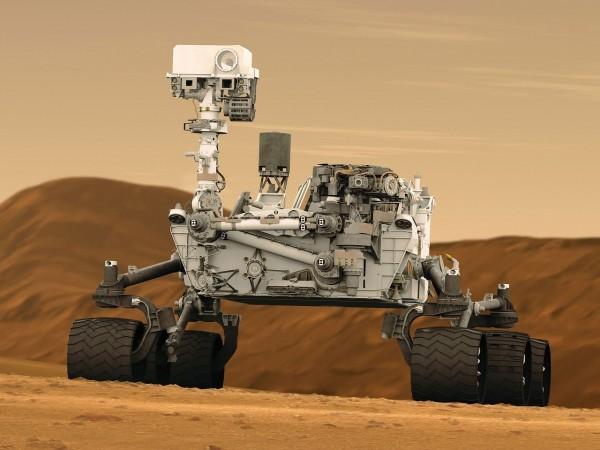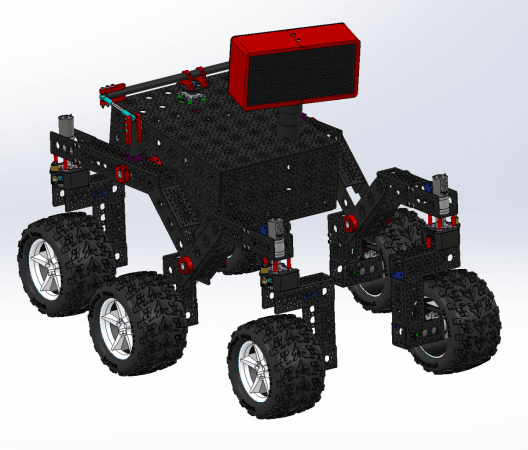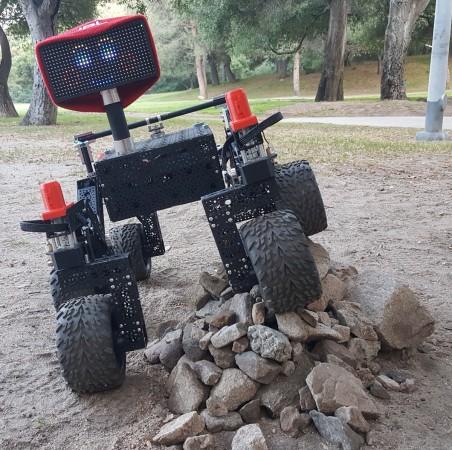
NASA's Mars Rovers are among the most extreme vehicles ever built by humans. Not only do they work in conditions that are impossible for humans to survive and work on, they often outlast their intended mission duration. In the case of the Opportunity Rover -- it was only supposed to work for about 90 days -- but it soldiered on for nearly 15 years.
So how does NASA build such machines? What goes into making one? It is now possible to find out first hand. NASA has just put out downloadable plans that make it possible to build one with relative ease. All that needs be done is to actually put it together. All the engineering and mathematics has been taken care of by the space scientists.
The plans are open for students, hobbyists, and enthusiasts to learn about the skills needed to build a rover while also getting an opportunity to actually build one, says NASA. Plans and instructions are now available from the Jet Propulsion Laboratory's Open Source Rover Project.
Right after successfully landing Curiosity on Mars, JPL reportedly built a smaller educational version of the rover "ROV-E". It was used as a tool to teach students as well as the general public, notes a report by NASA.The model rover could be carried into classrooms, museums and similar events to demonstrate its robotic principles first-hand. It was a scaled-down version of Curiosity, considering the real curiosity is about as big as a VW Golf.

Response to this model rover was positive, notes the report and many participants of these events even wanted to build one of their own. However, the report points out that ROV-E was not an easy build. It was a complex machine and possibly expensive as a backyard project. This moved JPL engineers to work on designing a rover that could be built from easily available commercial off-the-self (COTS) parts. The total cost of building a NASA designed rover would add up to about $2,500, notes the report, so that those interested in building do not have to spend too much on it.
Called the JPL Open Source Rover (OSR), it is a scaled-down version of Curiosity and it works just like the real one, says NASA. It is a highly detailed model that has a Curiosity-like 6-wheel steering all the way to its Rocker-Bogie suspension.
JPL has published this design under an open source license on GitHub, notes the report. Anybody can download instructions and test plans for building the OSR.










!['Had denied Housefull franchise as they wanted me to wear a bikini': Tia Bajpai on turning down bold scripts [Exclusive]](https://data1.ibtimes.co.in/en/full/806605/had-denied-housefull-franchise-they-wanted-me-wear-bikini-tia-bajpai-turning-down-bold.png?w=220&h=138)



